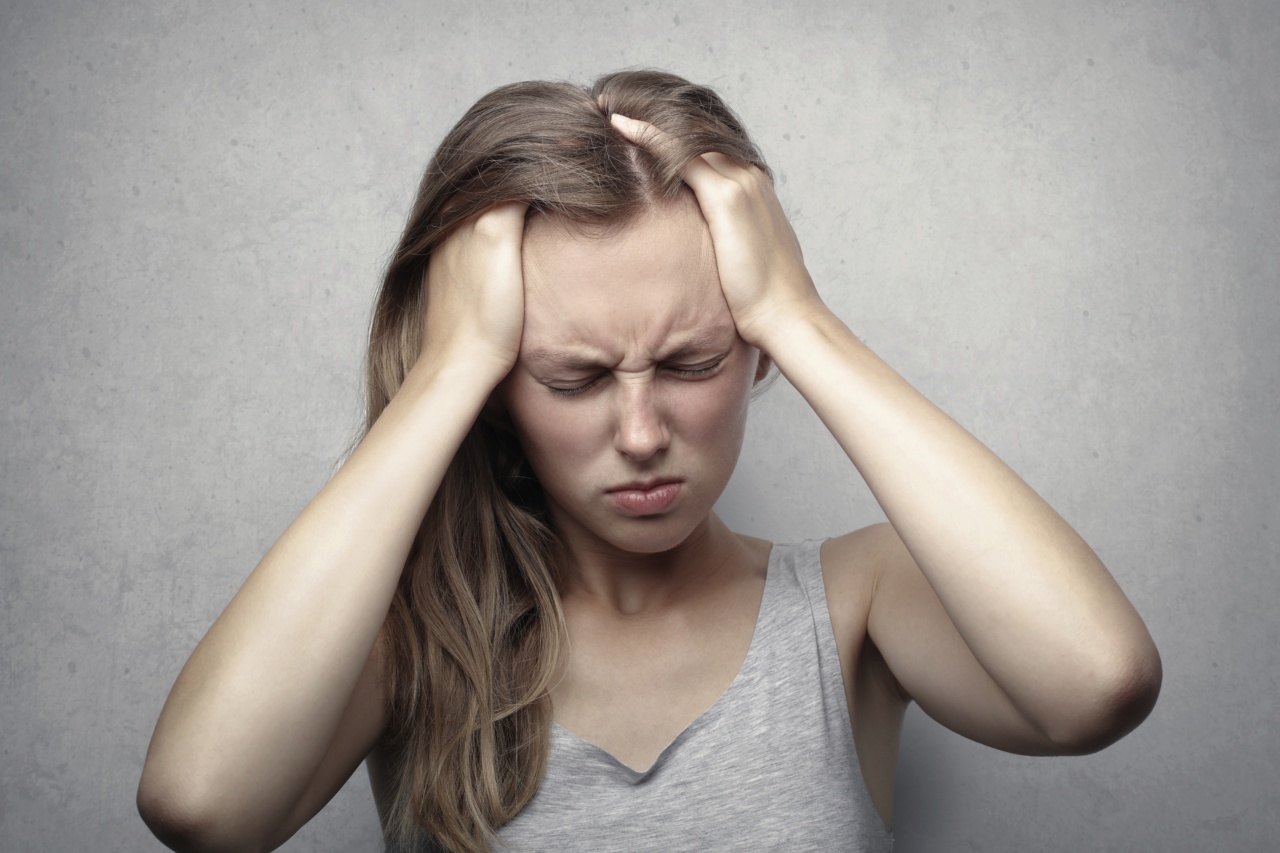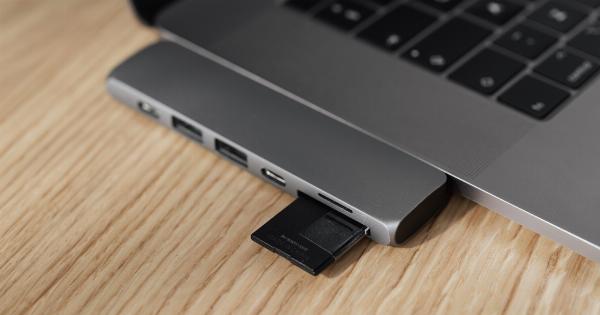Headaches are a common ailment that affects people of all ages and can be incredibly debilitating. Whether it’s a tension headache, a migraine, or cluster headaches, finding relief is essential for managing everyday tasks.
While over-the-counter pain medications can provide temporary relief, they may come with side effects and are not a long-term solution. Fortunately, there are natural and effective ways to alleviate headaches. In this article, we will discuss the top tips and remedies to ease headache pain.
1. Stay Hydrated
Dehydration is a common trigger for headaches. Ensuring you drink an adequate amount of water throughout the day can help prevent headaches from occurring. Additionally, sipping on water when you feel a headache coming on can provide some relief.
Aim for at least eight glasses of water per day to stay properly hydrated and reduce the likelihood of headaches.
2. Apply a Cold Compress
Placing a cold compress on the forehead or at the back of the neck can help alleviate headache pain. The cold temperature constricts blood vessels and reduces inflammation, providing immediate relief.
You can use a cold pack, a bag of frozen peas, or even a wet towel soaked in cold water. Apply the compress for 15 to 20 minutes, and repeat as needed.
3. Relaxation Techniques
Stress and tension often contribute to headaches. Engaging in relaxation techniques can help reduce stress levels and provide headache relief.
Practices such as deep breathing exercises, meditation, yoga, and progressive muscle relaxation can be effective in reducing headache pain. Find a technique that works best for you and incorporate it into your daily routine.
4. Use Essential Oils
Essential oils have long been used for their therapeutic properties. Peppermint and lavender oil, in particular, are known for their ability to relieve headaches.
Dilute a few drops of essential oil with a carrier oil, such as coconut oil or almond oil, and gently massage the mixture onto your temples, forehead, or the back of your neck. Alternatively, you can add a few drops of essential oil to a diffuser for inhalation.
5. Practice Good Posture
Poor posture can put strain on the muscles and lead to tension headaches. Maintaining good posture while sitting, standing, and even sleeping can help reduce the frequency and intensity of headaches.
Sit up straight with your shoulders relaxed and aligned, and make sure your computer screen is at eye level. Investing in an ergonomic chair or pillow can also provide added support and prevent headaches caused by poor posture.
6. Limit Caffeine Intake
Caffeine is a double-edged sword when it comes to headaches. While it can provide temporary relief by constricting blood vessels, excessive consumption or sudden withdrawal can trigger rebound headaches.
If you regularly consume caffeinated beverages, such as coffee or energy drinks, try gradually reducing your intake to avoid withdrawal headaches. Opt for herbal teas or decaffeinated alternatives instead.
7. Get Adequate Sleep
Lack of sleep or poor sleep quality can be a significant trigger for headaches. Ensuring you get an adequate amount of sleep each night is necessary for preventing headaches.
Aim for a consistent sleep schedule, create a relaxing bedtime routine, and make sure your sleeping environment is comfortable and conducive to quality sleep. If you struggle with insomnia or sleep-related issues, consult with a healthcare professional for guidance.
8. Apply Heat
While cold compresses are effective for some types of headaches, applying heat can also provide relief. Use a heating pad, warm towel, or take a warm bath or shower to soothe tense muscles and promote relaxation.
Heat helps increase blood circulation and alleviate muscle tension, offering relief from certain types of headaches. Experiment with both cold and heat to determine which provides the most relief for you.
9. Acupuncture
Acupuncture is an ancient Chinese practice involving the insertion of thin needles into specific points on the body. It is believed to promote the flow of energy and restore balance, making it an effective alternative therapy for alleviating headaches.
Numerous studies have found acupuncture to be beneficial in both preventing and treating various types of headaches, including migraines. Consult with a licensed acupuncturist to explore this treatment option.
10. Stay Active
Regular physical activity can help reduce the frequency and intensity of headaches. Engaging in exercises that improve cardiovascular health, such as brisk walking, jogging, swimming, or cycling, can release endorphins and reduce headache pain.
Additionally, activities like yoga and tai chi, which combine movement and mindfulness, may be particularly helpful in managing stress-related headaches.
Headache relief is possible with these natural remedies and lifestyle changes. However, it’s important to remember that everyone is different, and what works for one person may not work for another.
It is always best to consult with a healthcare professional if you experience chronic or severe headaches, to rule out any underlying medical conditions and obtain personalized advice. By taking proactive steps to manage and prevent headaches, you can regain control over your life and enjoy freedom from the debilitating pain they bring.































